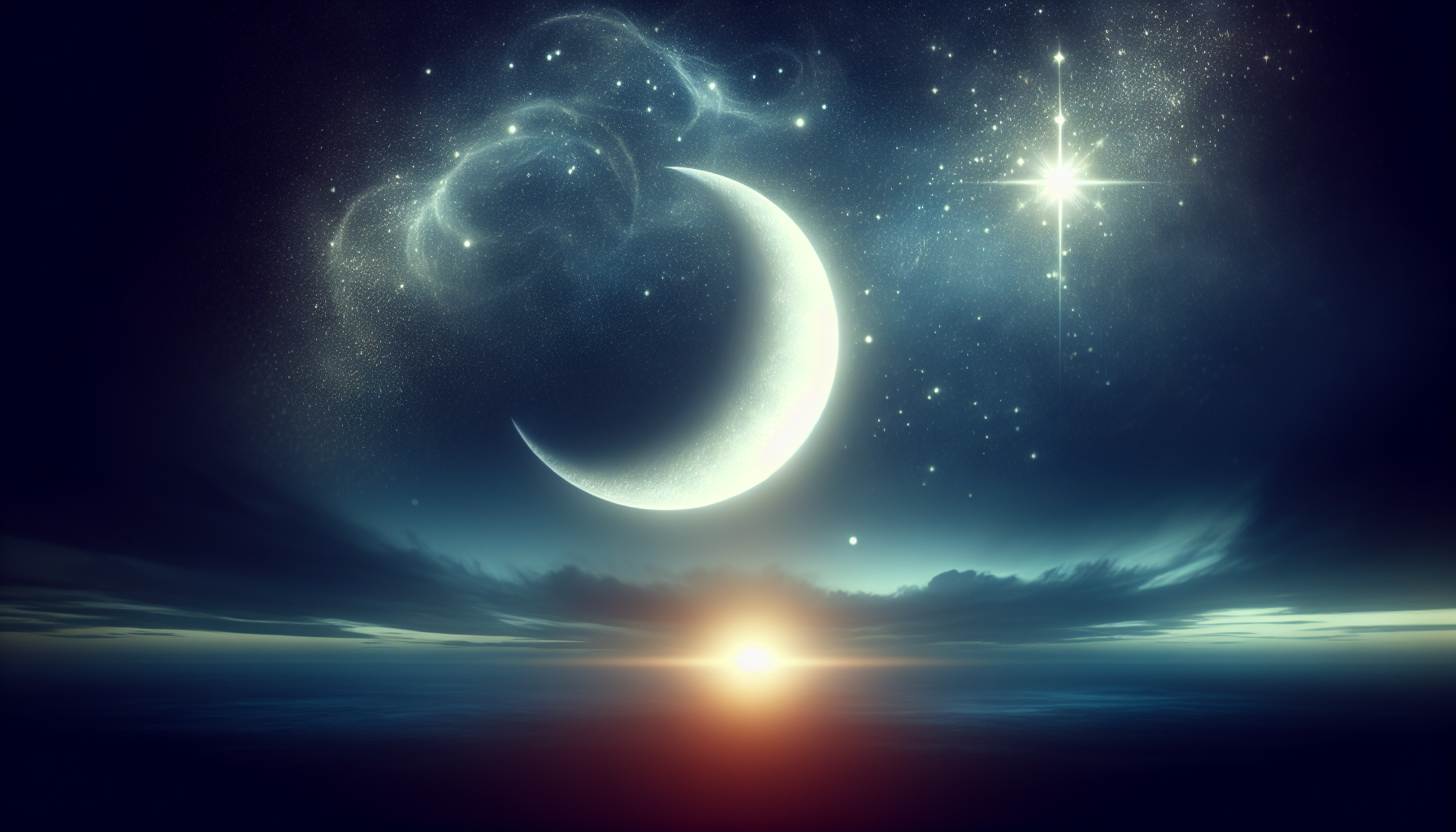Decoding Spiritual Symbolism
Symbols have always played a vital role in spirituality, offering profound meanings and insights to those on a spiritual journey. Understanding these symbols can help individuals connect with deeper truths and enhance their spiritual practices.
Importance of Symbols in Spirituality
Symbols serve as a bridge between the physical and spiritual worlds. They encapsulate complex ideas, emotions, and spiritual truths in a simple, recognizable form. For spiritual seekers, symbols can act as guides, providing clarity and direction in their inner journey. They often hold universal meanings, transcending cultures and religions, while also carrying unique interpretations based on personal experiences and beliefs.
Symbols such as the crescent moon and star can be found in various spiritual traditions, each adding layers of meaning. For example, the black and yellow butterfly meaning and the spiritual meaning of a deer in your path illustrate how different symbols convey distinct messages and insights.
Significance of Crescent Moon and Star
The crescent moon and star is a symbol rich in spiritual meaning. Often associated with the night sky, these celestial bodies have captivated human imagination for centuries. They represent a variety of concepts, including cycles, renewal, and guidance.
| Symbol | Spiritual Meaning |
|---|---|
| Crescent Moon | Cycles, Intuition, Growth |
| Star | Guidance, Hope, Divinity |
The crescent moon is frequently linked to cycles and phases, reflecting the waxing and waning of life’s different stages. It symbolizes growth, intuition, and the promise of new beginnings. Spiritual seekers often look to the crescent moon as a reminder of the natural rhythms of life and the importance of embracing change.
The star, on the other hand, is often seen as a beacon of hope and guidance. It represents divine inspiration and the light that leads individuals through darkness. Stars are also associated with wishes and dreams, encouraging people to reach for their highest potential.
Together, the crescent moon and star form a powerful symbol of balance and harmony. The moon’s cyclical nature combined with the star’s guiding light offers a comprehensive metaphor for navigating the spiritual path. By understanding the deeper meanings of these symbols, individuals can gain insights into their own spiritual journeys and find solace in the universal truths they represent.
For more on the spiritual meanings of other symbols, explore our articles on the spiritual meaning of numbers 1-12 and the spiritual meaning of cat staring at you.
Crescent Moon and Star in Various Cultures
The crescent moon and star hold significant spiritual meaning across various cultures. This section delves into their symbolism in Islamic culture and ancient civilizations.
Islamic Symbolism
In Islamic culture, the crescent moon and star are powerful symbols representing faith and guidance. The crescent moon is often associated with the Islamic calendar, which is lunar-based. The star, typically a five-pointed one, symbolizes the Five Pillars of Islam, which are the core tenets of the Muslim faith. Together, they represent divine guidance and enlightenment.
| Symbol | Meaning |
|---|---|
| Crescent Moon | Lunar calendar, timekeeping |
| Star | Five Pillars of Islam, divine guidance |
The combination of the crescent moon and star is often seen on flags, mosques, and other Islamic architecture, serving as a reminder of spiritual commitment and the pursuit of enlightenment. For more on how symbols can influence spiritual journeys, see our article on spiritual meaning of numbers 1-12.
Ancient Symbolism in Other Cultures
The crescent moon and star also appear in various ancient cultures, each attributing unique spiritual meanings to these symbols.
Mesopotamia: In ancient Mesopotamia, the crescent moon represented the moon god Sin (Nanna), who was considered the lord of wisdom. The star was often linked to the goddess Ishtar, symbolizing love and fertility.
Greek and Roman Mythology: The crescent moon was associated with Artemis (Greek) and Diana (Roman), both goddesses of the hunt and the moon. The star, often seen as a guiding light, was linked to navigation and protection.
Hinduism: In Hindu culture, the crescent moon is associated with Shiva, one of the principal deities. The star can symbolize various aspects of celestial guidance and cosmic order.
| Culture | Crescent Moon | Star |
|---|---|---|
| Mesopotamia | Moon god Sin | Goddess Ishtar |
| Greek/Roman | Artemis/Diana | Navigation, protection |
| Hinduism | Shiva | Celestial guidance |
These ancient interpretations highlight the universal nature of these symbols, reflecting humanity’s quest for understanding and connection with the divine. For more insights into spiritual symbolism, explore our articles on black and yellow butterfly meaning and 4 crows meaning.

